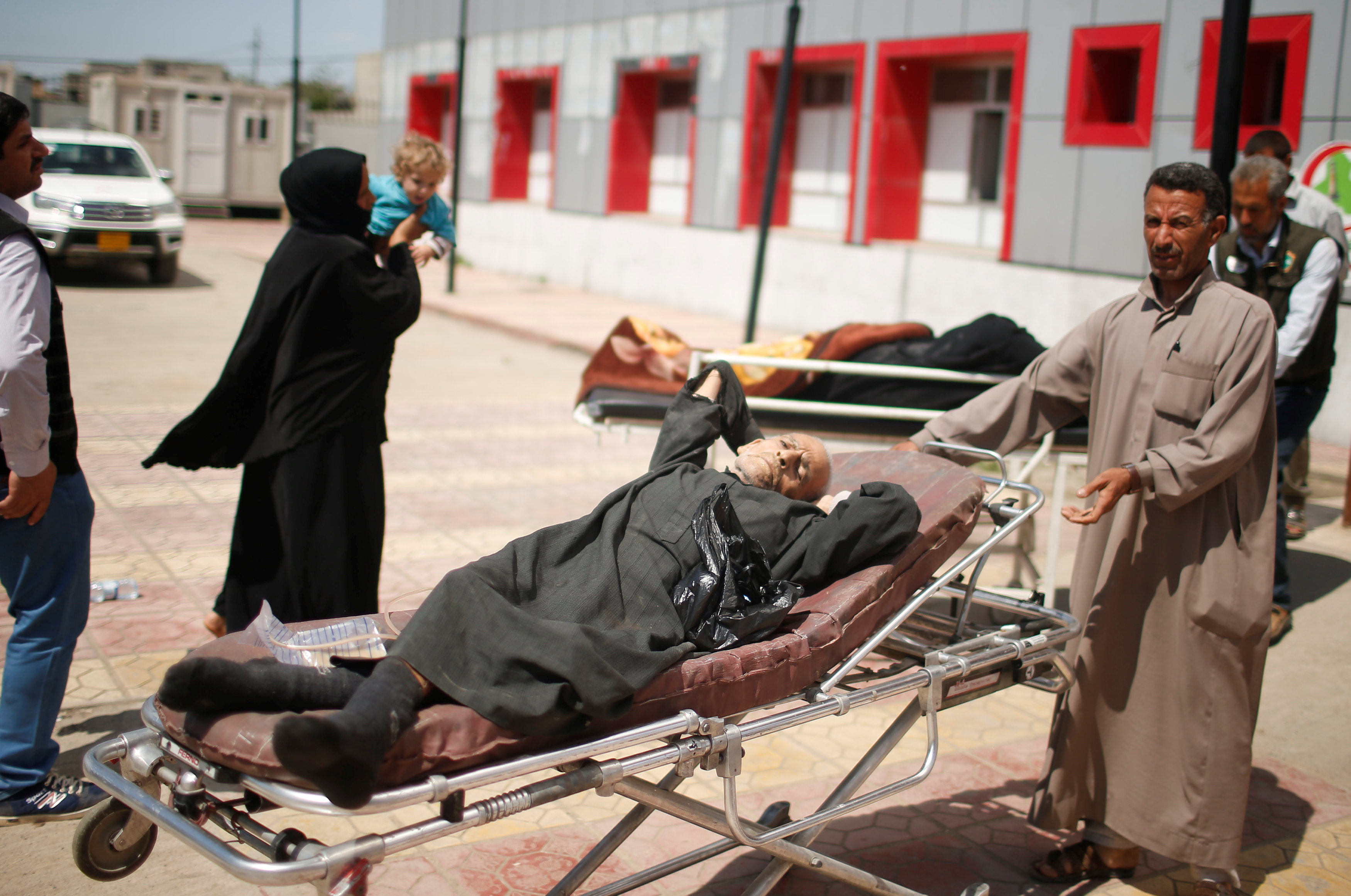
By Jonathan Allen
(Reuters) – An Ohio coroner, abiding by family wishes, has performed an external examination instead of a full autopsy on the body of the U.S. student who was held prisoner in North Korea for 17 months and sent home in a coma, the agency said on Tuesday.
The Hamilton County Coroner’s Office was still conferring on Tuesday with doctors at a Cincinnati hospital who were treating Otto Warmbier, 22, before reaching any conclusions about his death a day earlier, investigator Daryl Zornes said.
Investigators also were continuing to review radiological images and awaiting additional medical records requested by the coroner, Zornes told Reuters.
He declined to estimate how long it would take for the coroner’s office to complete its inquiry. Preliminary autopsy findings had been expected later on Tuesday or on Wednesday.
There was no immediate word from the family about why relatives declined an autopsy, which may have shed more light on the cause of the neurological injuries that left him in a coma.
Warmbier’s death came just days after he was released by the North Korean government and returned to the United States suffering from what U.S. doctors described as extensive brain damage.
Warmbier, an Ohio native and student at the University of Virginia, was arrested in North Korea in January 2016 while visiting as a tourist. He was sentenced two months later to 15 years of hard labor for trying to steal an item bearing a propaganda slogan from his hotel in North Korea’s capital, Pyongyang, the nation’s state media said.
The circumstances of his detention and what medical treatment he received in North Korea remain unknown. The United States has demanded North Korea release three other U.S. citizens it holds in detention: missionary Kim Dong Chul and academics Tony Kim and Kim Hak Song. (Graphic of Americans held by North Korea: http://tmsnrt.rs/2pmE3ks)
Warmbier’s death has only heightened U.S.-North Korean tensions aggravated by dozens of North Korean missile launches and two nuclear bomb tests since last year in defiance of U.N. Security Council resolutions. The North Korean government has vowed to develop a nuclear-tipped intercontinental missile capable of hitting the U.S. mainland.
Warmbier’s family has not specified how he slipped from a comatose state to death, but said in a statement on Monday that the “awful torturous mistreatment” he endured while in captivity meant “no other outcome was possible.”
Relatives have said they were told by U.S. envoys that North Korean officials claimed Warmbier contracted botulism after his trial and lapsed into a coma after taking a sleeping pill. Fred Warmbier, the student’s father, has said he disbelieves this account.
North Korea’s government said it released Warmbier last week on “humanitarian grounds.”
U.S. President Donald Trump said on Tuesday he had spoken with Warmbier’s family and praised them as “incredible.”
“It’s a total disgrace what happened to Otto,” Trump told reporters in the White House, where he was meeting with Ukrainian President Petro Poroshenko. “And frankly, if he were brought home sooner, I think the results would have been a lot different.”
White House press secretary Sean Spicer said the administration would “continue to apply economic and political pressure” on North Korea, in conjunction with U.S. allies and China, “to change this behavior and this regime.”
Trump said on Twitter on Tuesday he appreciated efforts by Chinese President Xi Jinping “to help with North Korea,” adding “It has not worked out. At least I know China tried!”
The government of China, North Korea’s main ally, said Warmbier’s death was a tragedy.
(Reporting by Jonathan Allen in New York; Writing by Steve Gorman; Editing by Lisa Von Ahn and Lisa Shumaker)

